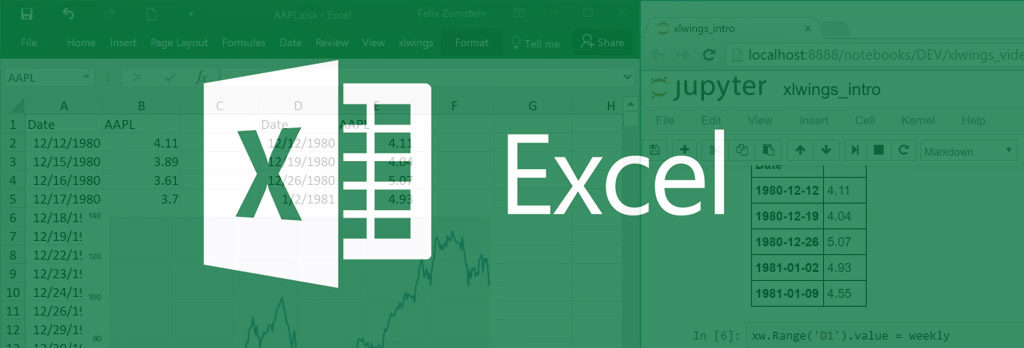
[yoast-breadcrumb]
Advance Data Analysis Techniques
The Advanced Data Analysis Techniques statistical analysis of numerical information is proven to be a powerful tool, providing everyday insight into matters like corporate finance, production processes, and quality control. However, the advent of the Internet of Things, the consequential growth in Big Data, and the ever-increasing requirements to model and predict mean that many of the analytical opportunities and needs of a modern, high performing company cannot be met using conventional statistical methods alone.
More and more companies are wrestling with complex modeling and simulation problems, addressing matters like trying to optimize production systems, to maximize performance efficiency, to minimize operating costs, to combat risk, to detect fraud and to predict future behavior and outcomes. Manipulate complex data sets to gain deeper insights and make better decisions!
This advanced analytics seminar will introduce you to predictive analytics techniques, so you can frame strategic and operational questions involving marketing, finance, and operations or other real-world business applications. In this hands-on course, you will cover a variety of analytics tools, such as histograms, ANOVA analysis, A/B testing, Pareto analysis, clustering, box plots, scatter diagrams, partitioning, unstructured text analysis, and multivariate regression analysis. Best of all, no background in statistics or programming is required. As long as you have a basic understanding of spreadsheets, you will learn how to manipulate complex data sets so you can gain insights that are not possible with common business intelligence techniques.
This training course provides you with the Advanced Data Analysis skills to enable you to improve the planning, monitoring, and performance of your organization. This will strengthen your ability within the workplace, allowing you to understand, produce and evaluate data to support you in your role for the benefit of yourself and your organization.
Course Objectives
- The training seminar shows by example how to build on the method learned in the Data Analysis Techniques training seminar and to create a variety of powerful modeling, simulation, and predictive analytical methods.
- The methods introduced include Bayesian models, Newtonian and genetic optimization methods, Monte Carlo simulation, Markov models, advanced What If analysis, Time Series models, Linear Programming, and more.
- The training seminar uses advanced features of Microsoft Excel throughout, and it is important that all delegates are fully competent in both Excel and the statistical analysis of data.
Course Outlines
Module 1: Data Collection, Presentation and Analysis
- Data and Methods of Collecting Data
- Presentation of Data using Excel
- Statistical Analysis of Data – Mean; Median and Mode; Variance and Standard Deviation
- Probability – Binomial; Normal and Poisson Distribution
- The Limitations of Data and Data Analysis
- Confidence Intervals and Hypothesis Testing
Module 2: Pivot Tables and Data Analysis Tools in Excel
- Pivot Tables – developing and using Pivot Tables to aid Decision Making
- Cross Tabulation and Chi-squared
- Data Analysis Tools in Excel – a detailed understanding
- ANOVA; t-tests and Z scores
- Moving Average and Exponential Smoothing
- Advanced and Applied Solver and Goal Seek
Module 3: Advanced Correlation and Regression
- Co-variance and Correlation
- Linear Regression
- Non-linear regression
- Multiple Regression using Excel
- Statistically Testing Results
- Making Decisions – Project Planning, Estimating Costs; Reducing Risk
Module 4: Project Management and Applied Data Analysis
- Forecasting Costs and Production levels
- Estimating Project Duration using Statistical estimates and P.E.R.T
- Network and Critical Path Analysis
- Economic Quantity Order Analysis – to optimize inventory levels
- Linear Programming and Optimisation Techniques to maximize resource allocation, e.g., inventory and capital
- Earned Value Analysis – to identify Project Cost and Schedule Variances
Module 5: Financial Management and Applied Data Analysis
- Analysing and Forecasting Volatility in the Market, e.g., Oil Prices
- Evaluating Suppliers, Competitors and Acquisition Targets using Data Analysis
- Developing Financial Models
- Cost, Volume, Profit Analysis
- Risk Management using Data Analysis
- Assessing the impact of decisions on Return on Investment and Return on Equity
Module 6: Linear Programming
- Introduction to Optimisation; Multi‐variate Optimisation Problems; Determining the Objective Function; Constraints to Problems; Sign Restrictions; The ‘feasibility region’; Graphical Representation; Implementation using Solver in Excel
- Using Linear Programming to Solve Production and Supply Chain / Logistics Problems, such as optimizing the products from a refinery, and minimizing the manufacturing and delivery costs for a complex supply chain (with and without batch manufacturing, and with and without warehousing)
Module 7: Newtonian and Genetic Optimization Methods
- Linear and Non‐linear Optimisation Problems; Stochastic Search Strategies; Introduction to Genetic Algorithms; Biological Origins; Shortcomings of Newton‐type optimizers; How to Apply Genetic Algorithms; Encoding; Selection; Recombination; Mutation; How to Parallelise. Implementation using Solver in Excel
- How to Solve a range of Optimisation Problems, Culminating in the classic ‘travelling salesman problem’ by optimizing the motion trajectory of a large manufacturing robot, both with and without forced constraints
Module 8: Scenario Analysis
- Introduction to Scenario Analysis; A What‐If example in Excel; Types of What‐If analysis; Performing manual what‐if analysis in Excel; One-Variable Data Tables; Two‐variable data tables
- Using Scenario Manager in Excel; Using scenario analysis to predict business expenses and revenues for an uncertain future
Module 9: Markov Models
- Understanding Risk; Introduction to Markov Models; 5 Steps for Developing Markov Models; Manipulating Arrays and Matrices inside Excel; Constructing the Markov Model; Analysing the Model; Roll Back and Sensitivity Analysis; First‐order Monte Carlo; Second‐order Monte Carlo
- Decision Trees and Markov Models; Simplifying Tree Structures; Explicitly Accounting for Timing of Events
- Using Markov Chains to simulate an insurance no claims discount scheme, and Modelling the Outcomes of a Healthcare System
Module 10: Monte Carlo Simulation
- Introduction to Monte Carlo Simulation; Monte Carlo building blocks in Excel; Using the RAND() function; Learning to model the problem; Building worksheet‐based simulations; Simple issues; How many iterations are enough?; Defining complex issues; Modelling the variables; Analysing the data; Freezing the model; Manual recalculation; “Paste Values” function; Basic statistical purposes; PERCENTILE() function
- Monte Carlo Simulation solutions to problems of traffic flow in a city, dealing with uncertainty in the sale of product, predicting market growth and assessing risk in currency exchange rates
Duration
- 120 hours
- Sunday to Wednesday
Who Should Attend?
This training seminar is intended for delegates who have already attended the Data Analysis Techniques training seminar (this is a necessary prerequisite for this training) and hence who already have a solid understanding of conventional data analysis methods.
Course Schedule
[xyz-ips snippet=”IT”]

